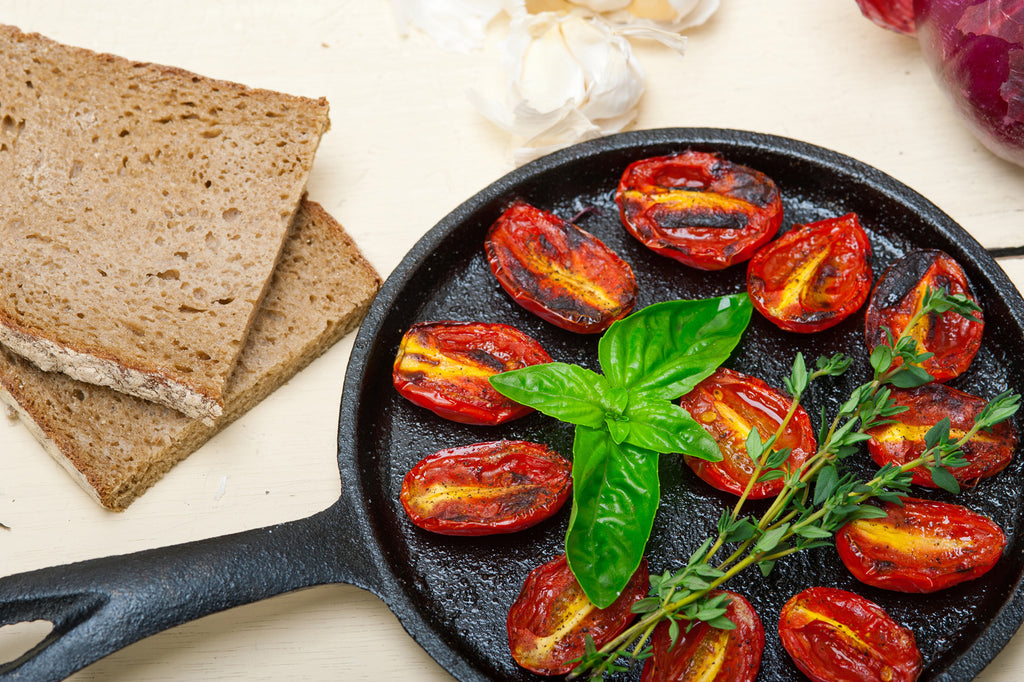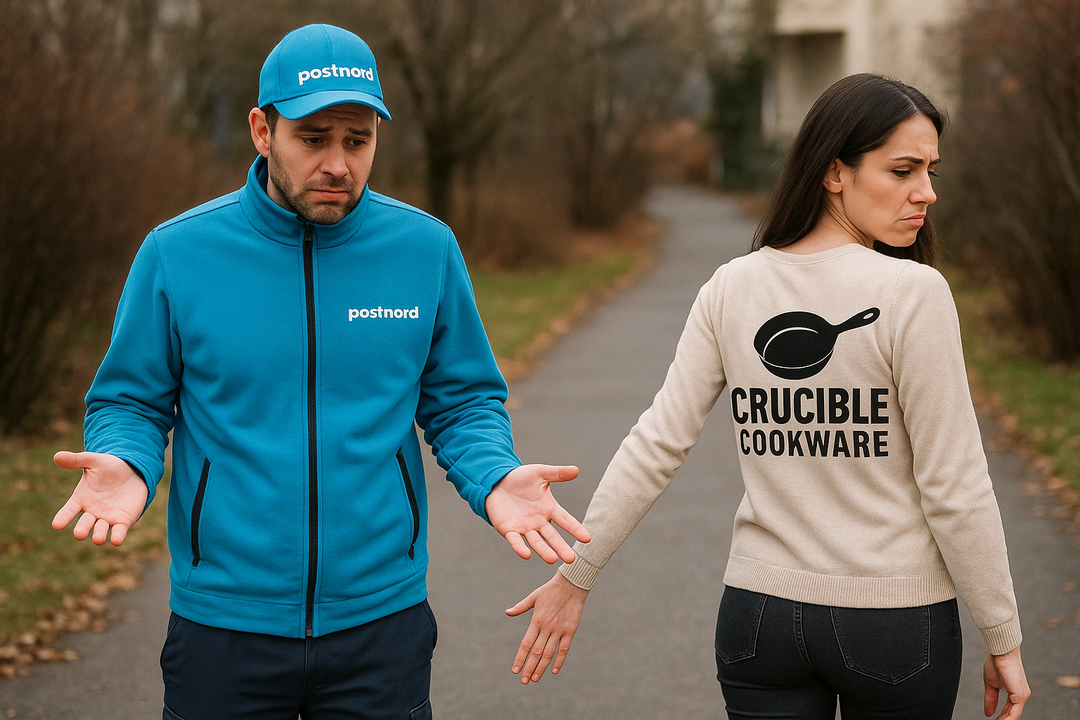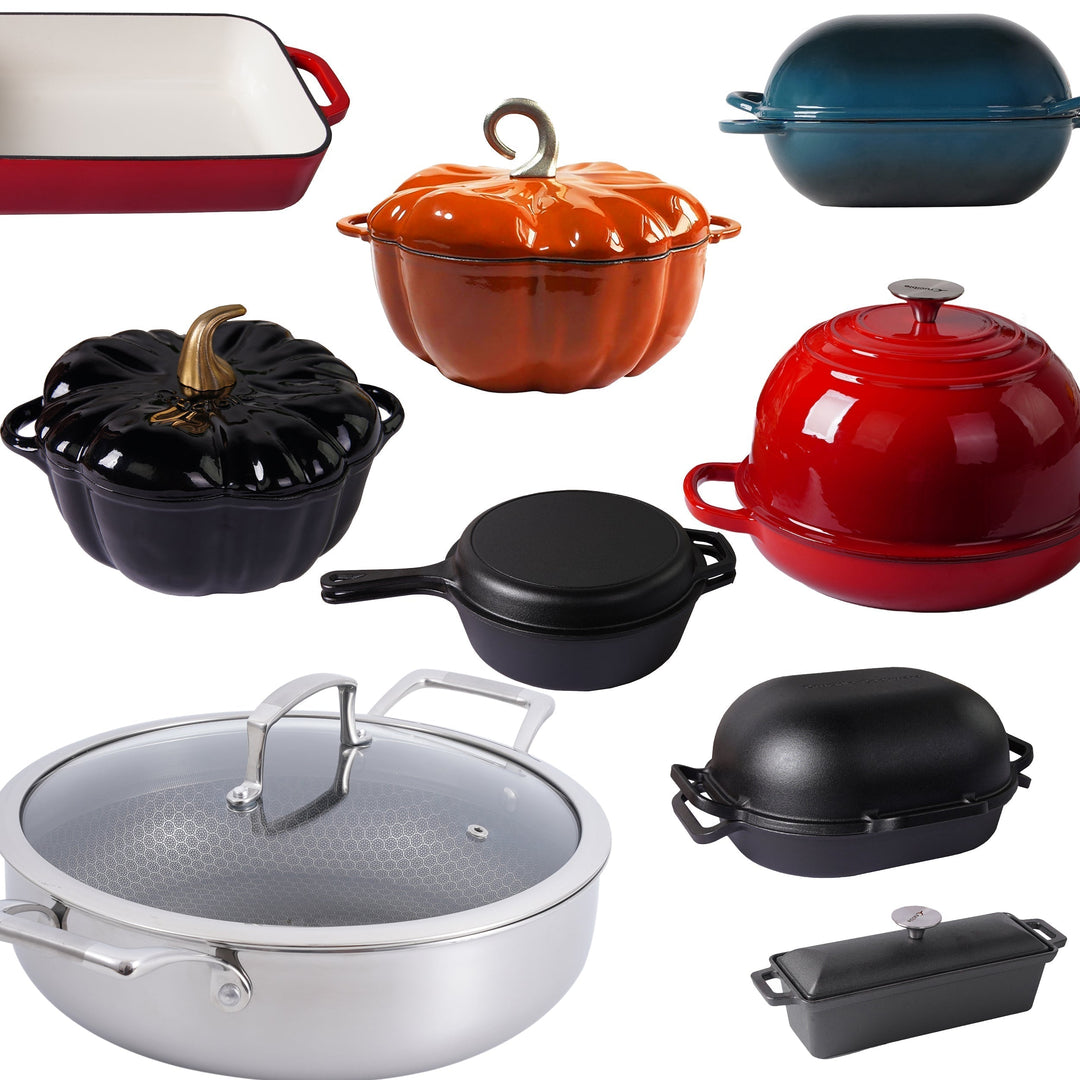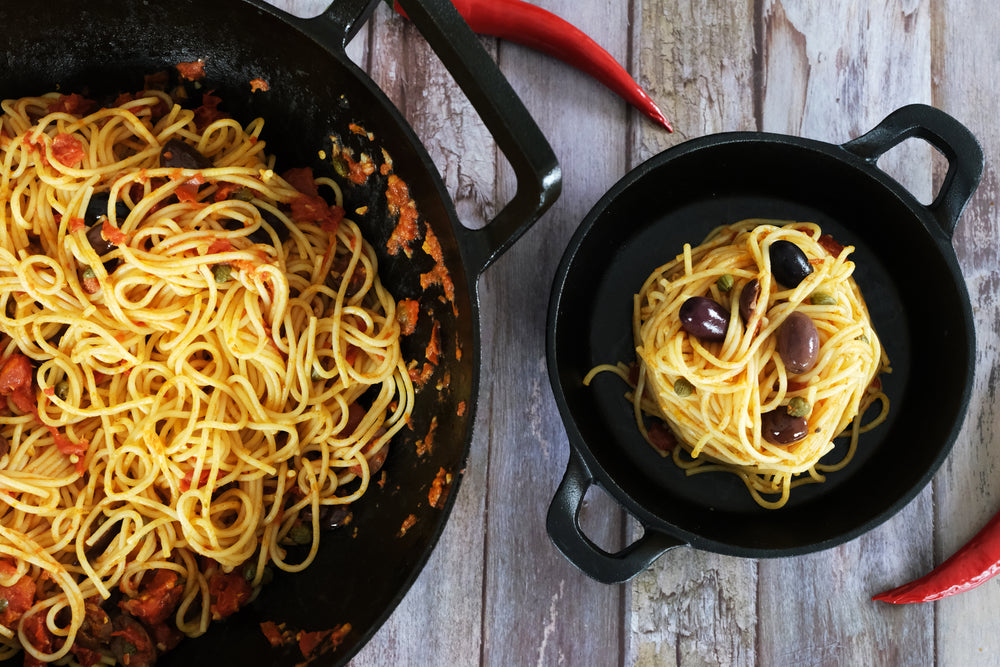What is the difference between baking and roasting in the oven?

When reading recipes and listening to chefs explaining how to cook a certain dish the words bake and roast are often used when cooking in an oven. But what do these words mean and when should each word be used in the context of cooking in the oven?
Back in the day, roasting was done on a spit, with the food being directly exposed to the fire and the word baking was applied to cooking done in a container. Although you can still roast on a split the word is used in different contexts today. The following is a summary of explanations we found in a variety of sources when researching the difference between these words.
The main differences you can see in the use of the words roasting and baking are related to the types of foods you roast or bake and the temperature used in the oven. When it comes to temperature, roasting requires a higher oven temperature of above 400°F/200°C for the cooking process, while baking uses lower oven temperatures of around 375°F/190°C and below.

Maybe the easiest rule of thumb that can be applied when thinking about the differences is that when it comes to food that has a solid structure, for example, meat or vegetables, no matter the temperature of the oven, you are roasting it. And conversely, if you are cooking food that doesn't already have a solid structure when entering the oven but will after it's cooked, like for example pastry, cake, bread, and casseroles, the word to use is baking. If a dish cooked in the oven is covered in a sauce, it’s usually described as baked. In contrast, it’s more common for food that’s just coated in oil or another fat to be described as roasted.
Additionally, you can think in terms of covered and uncovered food (in the oven). Often, when a dish is described as roasted it has been cooked in the oven on an uncovered roasting pan, allowing it to be exposed directly to the heat to become browned and crispy. When food is cooked in the oven covered, it is usually described as baked. Obviously, the distinction, in this case, is the end goal of receiving a specific surface of the dish for roasting versus transforming food from one state to another, typically in size, texture, and shape which requires more time at lower temperatures to achieve.
Sometimes recipes can call for both methods, for example, when baking bread and crispy crust on the bread is a desirable outcome one might use a cast iron bread ban with a lid on for 400°F/200°C for 30 minutes (baking) and then increase the heat to 250°C/480°F and remove the lid for the last 10 minutes with the sole purpose of achieving the crispy crust (roasting).

When it comes to the oven setting "roast" and "bake" on your oven, it does not matter which one you use, the outcome will be the same because both settings generate heat at the bottom and the top of the oven to cook your food.
Roasting should not be confused with broiling, which is another high-heat cooking technique. Broiling refers to cooking something in a conventional oven with high heat where the heating element is directly above the food.
In conclusion, “bake” and “roast” is commonly used to mean the same thing, to cook something in the oven. The more specific meanings involve the temperature used; if the food is covered or uncovered; if the intention is to change the shape and size of the food or to achieve a crispy, golden-brown finish.
















Leave a comment